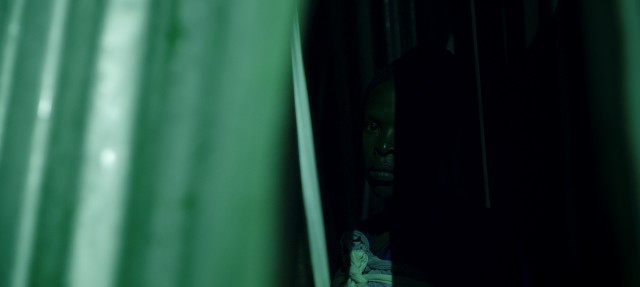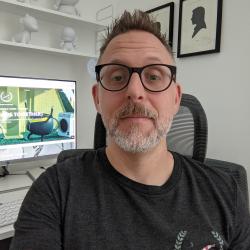In Uganda there are many unusual beliefs about the grasshopper. Some think that if a pregnant woman ate one, her child would be born with a grasshopper head, while others believe they come from the water in the lakes or emerge from the soil like ants. One thing that we can be sure of, is that for Ibrah – the narrator of Michelle Coomber’s atmospheric short doc Nsenene – they represent hope, with this voiceover explaining that “if we catch enough grasshoppers we can survive”.
Filmed during grasshopper season, where locals set up traps using barrels, iron sheets, giant lightbulbs and smoke, Nsenene submerges its viewers into a world where the capture of this insect, in vast numbers, is essential for life to continue. Seen as a delicacy in the East African country, where they are often fried in their own oil with onion, chilli, or other spices, Coomber’s seven-minute film shines a light on how this popular food source has turned into an industry and way-of-life for some.

Shot mainly at night using available light, Nsenene is hoping to evoke what the director describes as a “soft, dreamlike, haunting atmosphere”
Despite it’s short run-time, sparse, almost poetic voiceover and the fact that it’s shot mainly at night, Nsenene manages to portray the heartbeat of a community, from the loss (Ibrah briefly explains how a young boy was killed after stepping on a wire when he came to catch grasshoppers with no shoes on) to the joy. Coomber’s documentary could have easily been one of hardship and struggle and while there are of course elements of that here, the overriding emotion you are left with after watching the film is one of hope. The narrator admits he’ll “be lost if they stop falling”, but for now he welcomes their arrival, alongside his fellow grasshopper trappers, with a dance of celebration.
“We knew our visual style would be governed by the practical considerations of shooting at night”
“We bring light to the darkness” the voiceover reveals during Nsenene and shot mainly at night, coping with low-light conditions were going to be a key consideration for Coomber when bringing Ibrah’s story to the screen. “Having studied photojournalism of the traps, we knew our visual style would be governed by the practical considerations of shooting at night as much as by our desired aesthetics”, the director explains. Adding that they chose to shoot on a Red Gemini as they knew it would “cope admirably” with the lack of light in the film’s setting and paired the camera with Bausch & Lomb Super Baltar lenses to “complement the soft, dreamlike, haunting atmosphere we wanted to evoke”.
Despite the challenges they must have faced shooting their short, Nsenene is a striking piece and one of the most atmospheric docs I’ve seen in some time. The voiceover working perfectly to compliment the ethereal, otherworldly feel of the aesthetic, while the camera roams the Ugandan night with a floaty, dreamlike presence – which Coomber describes as “key” in the film’s visual language”, helping to give the short its “immersive, hypnotic feel” and elevating the “mythic aspects of the story”. Having caught Nsenene as part of the London Film Festival line-up in 2021, the short debuted online via The New Yorker, before joining our ever-expanding collection of short films on S/W. It’s an impressive doc, one that has us hungry for more of Coomber’s work.

 Rob Munday
Rob Munday